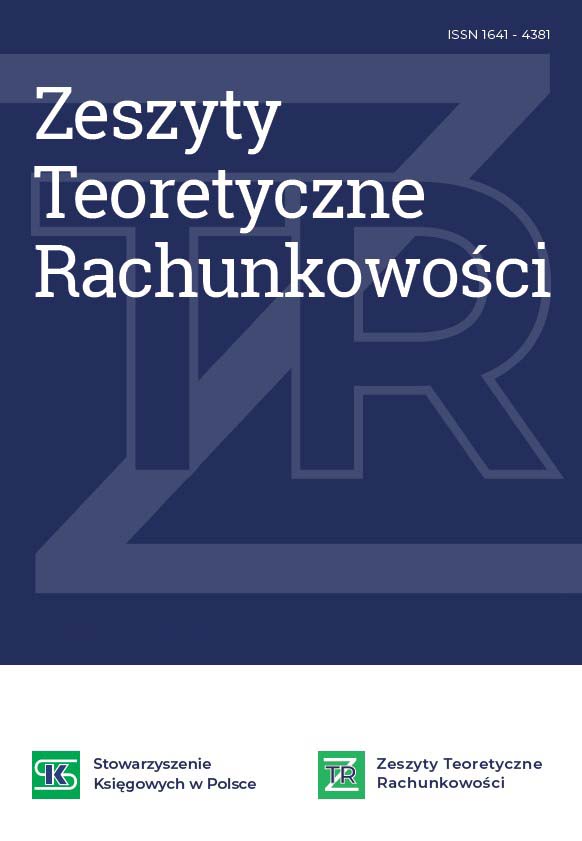Motywy przejęć odwrotnych i zasady ich rozliczania
The motives of reverse acquisitions and rules of their settlement
Author(s): Katarzyna Świetla, Joanna Toborek-MazurSubject(s): Economy, National Economy, Business Economy / Management
Published by: Stowarzyszenie Księgowych w Polsce
Keywords: merger; acquisition; reverse acquisitions; legal regulations
Summary/Abstract: In recent years, there has been increasing talk about reverse acquisitions in capital concentration proc-esses. These situations are associated with the use of certain economic, tax, and other privileges by com-panies that are often the initiator of such undertakings. The purpose of the article is, among others, to present the premises that guide economic entities when making decisions about reverse acquisitions. It is a process in which there is a specific type of acquisition of control of one entity by another. In these cases, there is a reversal of typical relationships between entities involved in the merger, because the entities that have control over the entities that acquire them are taken over. The regulations of the Interna-tional Financial Reporting Standard (IFRS) No. 3 "Business Combinations" have a very important role in accounting for these processes. They allow for the proper recognition of these relationships. Based on numerical examples, the authors present the rules for accounting for such a combination. Thus, they confirm the role of accounting, which implements the principle of faithful and reliable presentation of this process. A critical analysis of the literature and legal regulations, as well as deductive reasoning, made it possible to determine the most important motives of this type of connection.
Journal: Zeszyty Teoretyczne Rachunkowości
- Issue Year: 2020
- Issue No: 108
- Page Range: 191-206
- Page Count: 16
- Language: Polish

